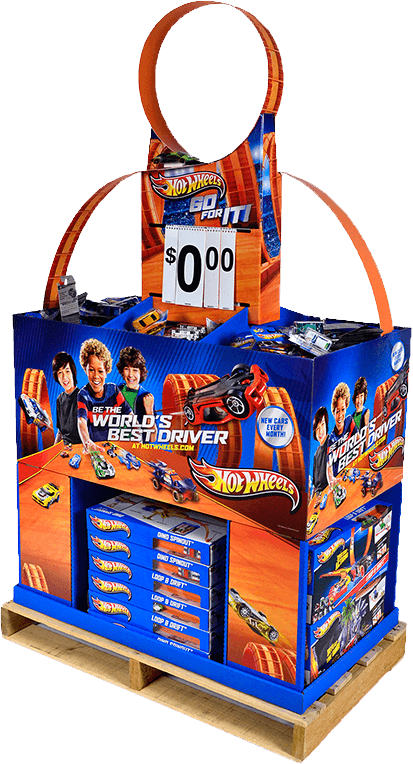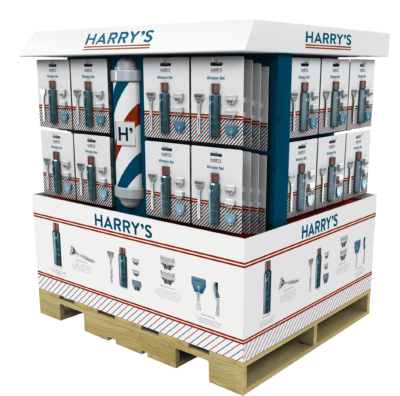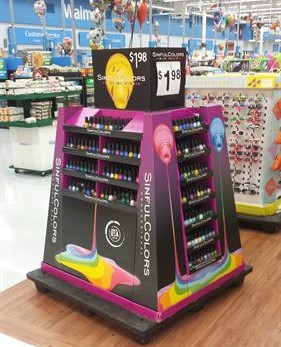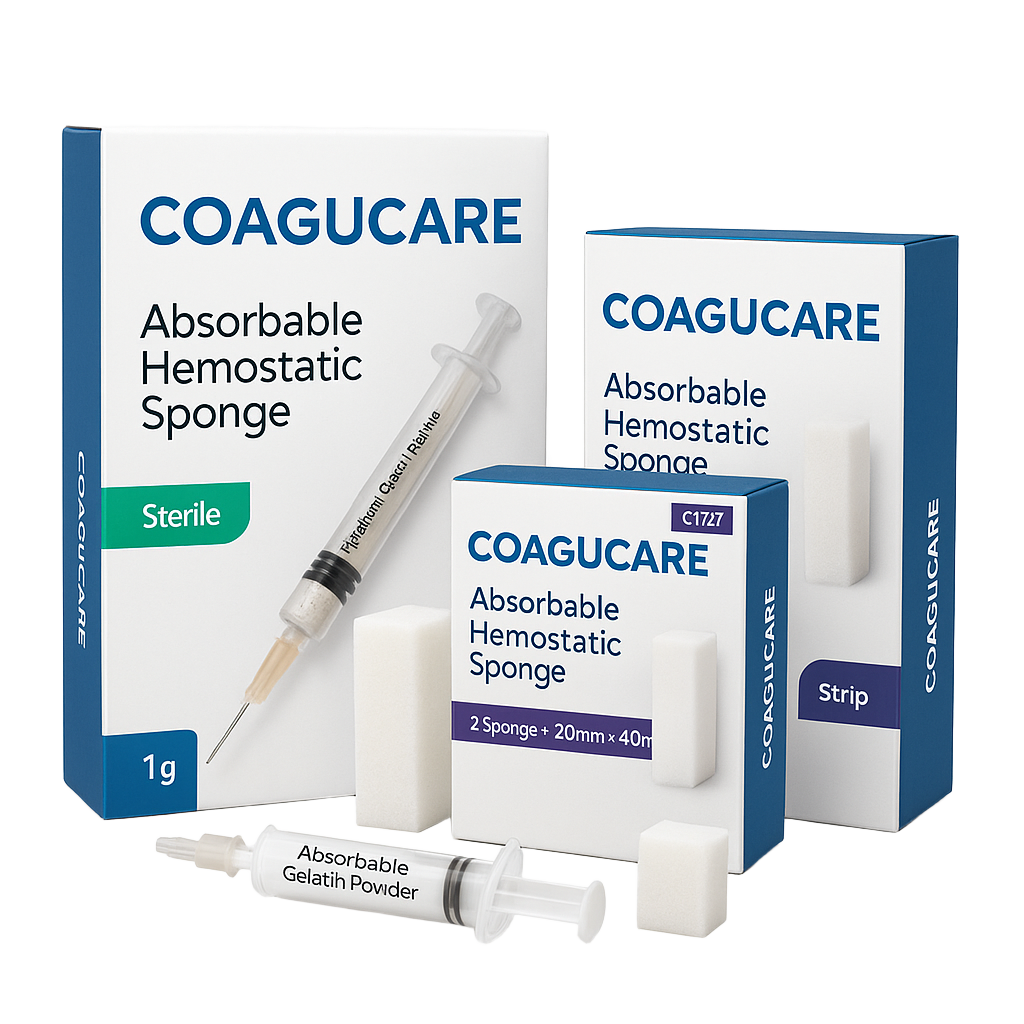
Supply Chain Challenges in POP Display Design
Point-of-purchase (POP) displays do more than attract shoppers—they must also survive the
Home » Archives for brownpackaging » Page 3

Point-of-purchase (POP) displays do more than attract shoppers—they must also survive the

Holiday returns cost retailers billions each year, with packaging failures being a

Unboxing has become a core part of the e-commerce experience, especially during

Club stores such as Costco, Sam’s Club, and BJ’s Wholesale represent unique

Point-of-purchase (POP) displays play a dual role in retail environments: they must

Point-of-purchase (POP) displays must catch a shopper’s eye while also moving efficiently

High-speed automated packaging lines can run hundreds of cartons per minute, but

Foam-in-corrugated hybrid inserts combine the cushioning properties of foam with the structural

Board caliper—the thickness of paperboard—directly influences carton strength, folding behavior, print quality,
Point-of-purchase (POP) displays come in two primary formats: reusable and disposable. Each
Sustainability in pet product packaging involves balancing environmental impact with functional performance. Materials must protect against moisture, oxygen, and pests while also meeting recyclability or
Retail packaging must do two jobs at once—catch the shopper’s eye while protecting the product through the supply chain. Too much focus on graphics can
As budgets tighten in 2026, packaging buyers are under pressure to reduce costs without increasing damage rates. Cutting too aggressively can lead to product loss,
Many U.S. businesses currently sourcing packaging from China are facing a harsh reality: tariffs and trade volatility can quickly erode margins and disrupt supply chains.
Rising tariffs and trade restrictions on Chinese manufacturing are accelerating the need for U.S. companies to reevaluate their packaging supply chains. Many packaging buyers who
POP display design must serve two masters — maximizing visual impact in-store while minimizing logistics costs. Engineering the right balance between display footprint, assembly complexity,